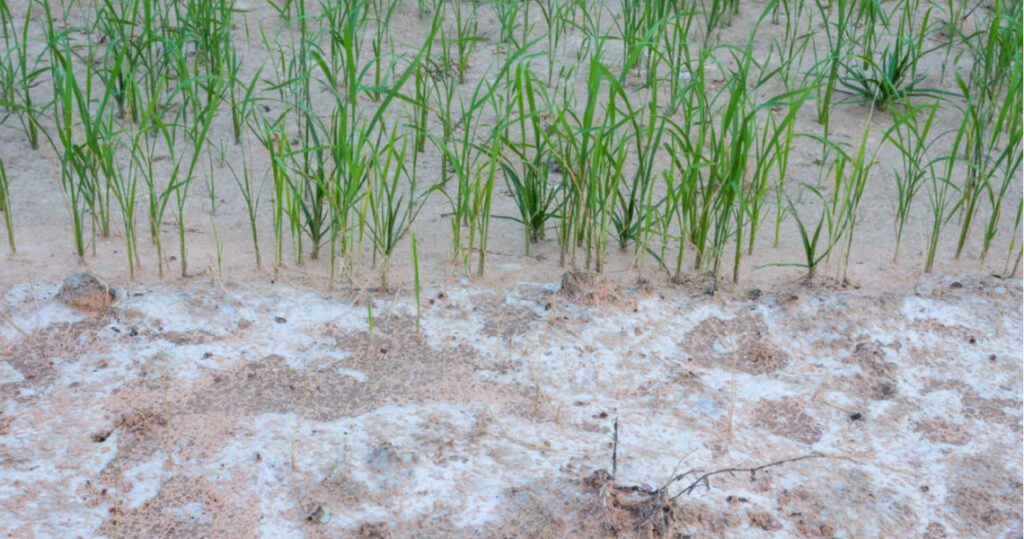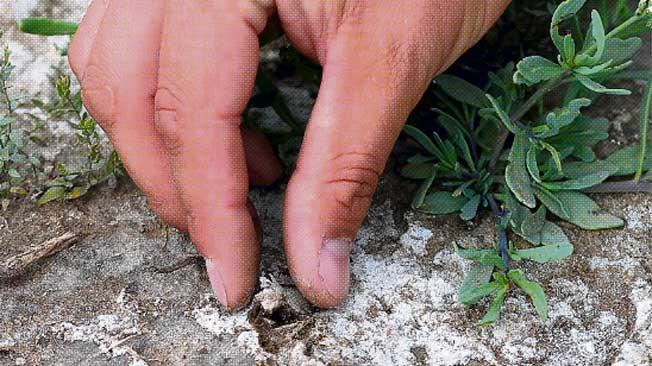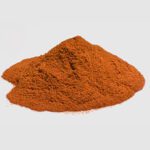Saline and sodic soils are the result of the accumulation of soluble salts and exchangeable sodium. For these problems to occur, there must be a generally constant rate of accumulation of salts and sodium; phenomenon that usually occurs in lowlands, where there is accumulation of runoff and poor drainage at one time of the year and drought conditions at another.

l USDA (1975) defines saline and sodic soils as those that have excessive concentrations of soluble salts (chlorides and sulfates), exchangeable sodium or both, in such a way that they affect or alter productivity. These concentrations are considered a problem, according to the USDA itself, as soon as the Electrical Conductivity (Measure that expresses the capacity of a solution to let electricity pass, measured in mS/cm) reaches 4 dS/m at 25ºC for the salinity and 15% for the Exchangeable Sodium Percentage (PSI) (Table 1).
Table 1. Classification of soils affected by salts (USDA, 1975).
| Soil | pH | C.E. (dS/m-1) | PSI (%) |
|---|---|---|---|
| Normal | 6 a 7 | < 2 | < 15 |
| Saline | < 8.2 | > 4 | < 15 |
| Sodium | > 8.2 | < 4 | > 15 |
| Saline-Sódium | > 8.2 | > 4 | > 15 |
EC = electrical conductivity. PSI = percentage of exchangeable sodium.
Saline, sodic and saline-sodic soils can originate due to two large groups of causes:
- Primary or natural causes of salinity and sodicity.
- Secondary or anthropic causes of salinity and sodicity.
Primary or natural causes of salinity and sodicity
The strongest primary salinity and sodicity causes are related to the rise and fall of the water table in areas where the material that originates the soil is saline in nature. Added to the saline nature of the parent material of these soils, there is a negative water balance, the rainfall that occurs in these areas is less than the evapotranspiration, only that it results in the accumulation of salts and sodium in the most superficial layer ground.

Although this cause can also occur in places with long periods of drought and with specific micro-relief.
A second cause is also due to the geographical position of the land, positions close to the sea, or areas subject to flooding by the tide (marshes) will present salinity-sodicity problems, also the sea, in areas where the waves “break”, it can represent a source of salinity with the “sprays” that enter the continental territory.
Salinity and, to a greater extent, sodicity is sometimes due to the fact that, as in the previous cause, the parent material with which the soil was formed has a sodic nature and tends to create soils with a natric horizon, a type of soil horizon. soil profile that is dense subsurface with greater apparent clay content than the overlying horizon(s). It has a high content of exchangeable Na and/or Mg, with the clays saturated in Na.

Secondary or anthropic causes of salinity and sodicity
According to Courel, 2019, the causes of anthropic salinity and sodicity, that is, those caused by the actions of man are:
- Irrigation with saline water.
- Misuse of irrigation (even if the water is of good quality) that cause rises in saline water tables
- Use of fertilizers (some fertilizers contain high levels of potentially harmful salts, such as potassium chloride or ammonium sulfate) and other inputs, especially in areas of intensive agriculture where the soil is poorly permeable and the potential for leaching is limited.
- Soil contamination due to the use of water and saline industrial by-products (for example, irrigation with vinasse).
- Sudden change in land use (for example, clearing) that causes saline slumps from depth to the surface layers of the soil.
 AgronoBlog – Agriculture Blog
AgronoBlog – Agriculture Blog 


